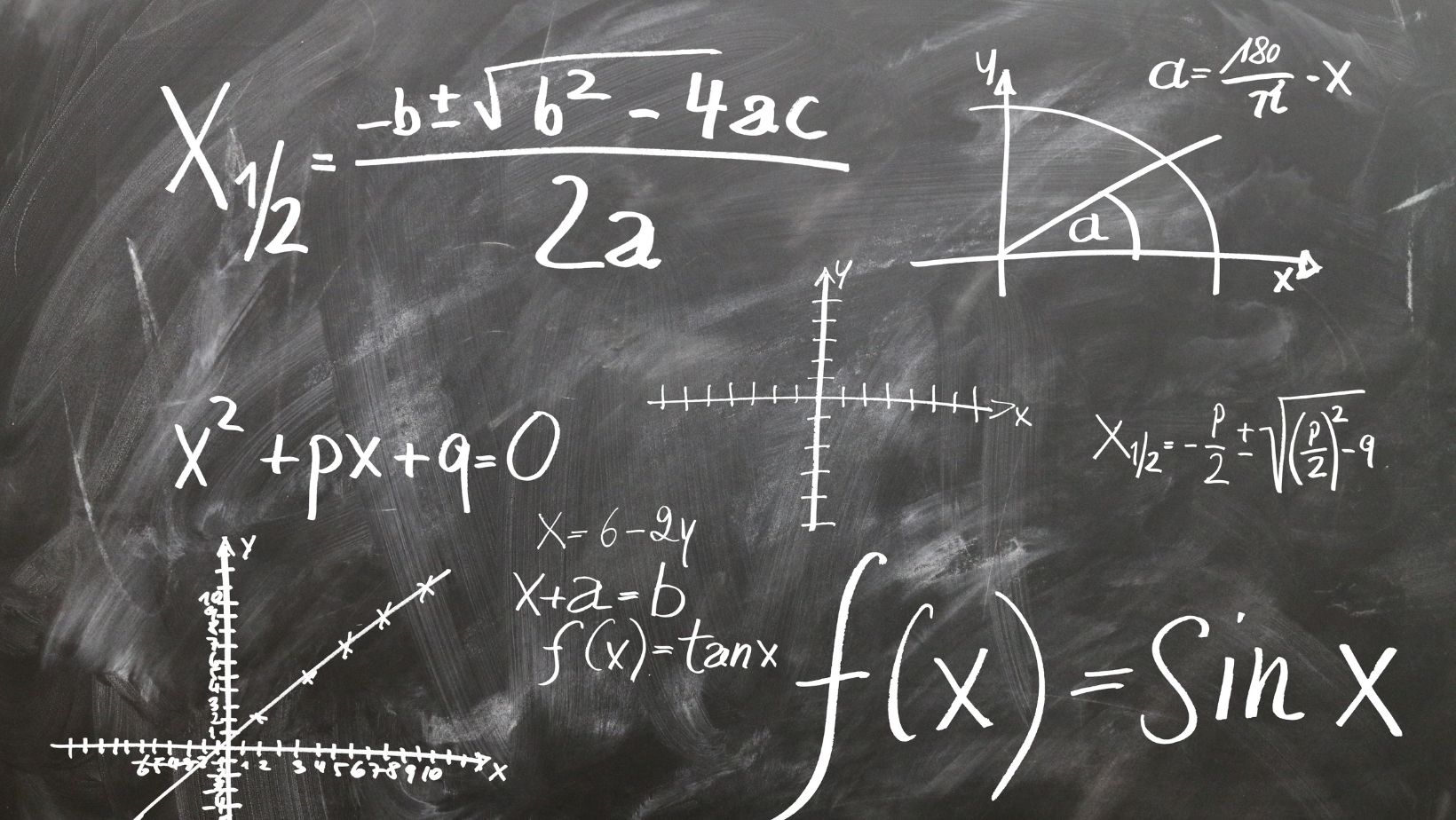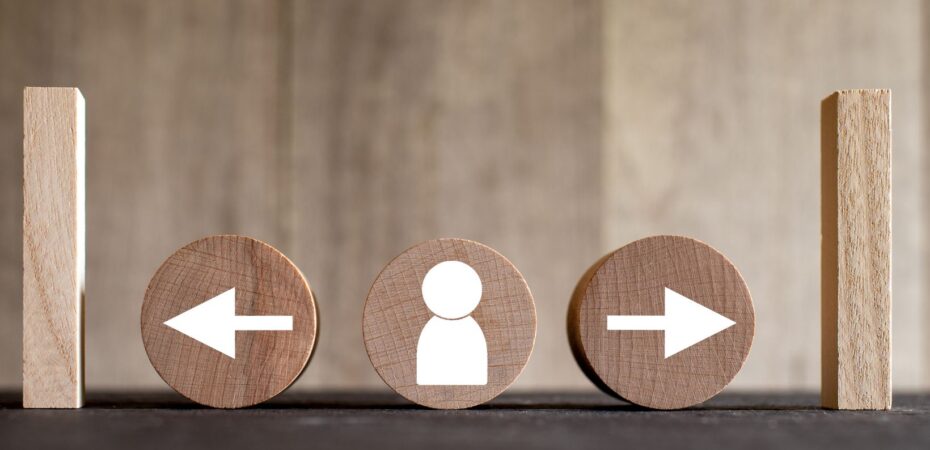When it comes to understanding the concept of motion and measuring how far an object has traveled, two terms often come up: displacement and distance. While they may sound similar, there is a key difference between the two.
Difference Between Displacement And Distance
Displacement refers to the change in position of an object from its starting point to its ending point. It takes into account both the magnitude (size or length) and direction of the movement. In other words, displacement considers where an object ended up relative to where it began.
On the other hand, distance measures how much ground an object has covered during its journey, regardless of direction. It focuses solely on the length of the path traveled without considering any changes in direction.
Definition of Displacement
Displacement and distance are two terms often used interchangeably, but they have distinct meanings in the realm of physics. Understanding the difference between displacement and distance is crucial for grasping concepts related to motion and position.
Displacement refers to the change in position of an object or a person, typically measured from its starting point to its ending point. It takes into account both magnitude and direction. In simpler terms, it represents how far out of place an object has been moved from its original location. Displacement is a vector quantity, which means it requires both numerical value and direction to be fully described.
To illustrate this concept, let’s consider a scenario where I take a walk around my neighborhood. If I start at my house and end up back at my house after completing a full loop, then my displacement would be zero because there was no net change in my position.
On the other hand, distance refers to the total length traveled by an object or a person without considering direction. It is a scalar quantity that only considers numerical value and does not take into account any changes in position or direction. Distance can be thought of as the path traveled by an object from start to finish.

Using our previous example, if I took that same walk around my neighborhood and completed a full loop back to my house, then the distance covered would be equal to the perimeter of the loop I walked.
- Displacement involves both magnitude and direction.
- Distance only considers numerical value without considering direction.
- Displacement represents change in position while distance represents total length traveled.
- Displacement is a vector quantity while distance is a scalar quantity.
Definition of Distance
When discussing the difference between displacement and distance, it’s crucial to clearly understand each term. In this section, I’ll focus on defining distance and how it differs from displacement.
Distance refers to the total length covered by an object or individual during its motion. It is a scalar quantity that only considers the magnitude of the path traveled, without taking into account its direction. To put it simply, distance is a measure of “how much ground” has been covered.
Here are a few key points to help you grasp the concept:
- Scalar Quantity: Distance is a scalar quantity because it only requires one value – magnitude – to fully describe it. For example, if I walk 5 miles in one direction and then return back along the same path for another 5 miles, my total distance would be 10 miles.
- Path Independence: Another important aspect of distance is that it is path-independent. This means that regardless of the actual route taken, as long as we cover the same amount of ground, our distance remains constant. For instance, whether I take a straight road or go through various twists and turns within a city block, if both paths have identical lengths, my overall distance would be the same.
- Unit of Measurement: Distance can be measured using various units such as meters (m), kilometers (km), miles (mi), or any other appropriate unit depending on the context.
Final Thoughts
Understanding this distinction between displacement and distance is crucial when analyzing motion and calculating quantities such as speed or velocity. So remember, while displacement accounts for both magnitude and direction, distance only looks at the length of travel without regard for directional changes.


 By
By 




